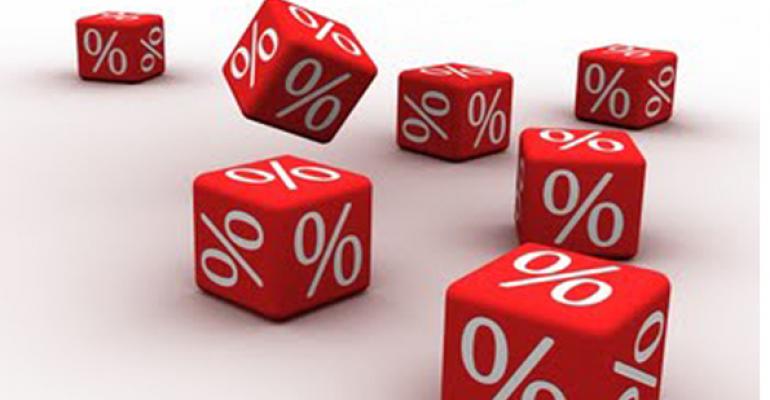At their October meeting, Federal Reserve officials once again cut interest rates. The central benchmark rate fell from 1.75 percent to 1.50 percent. The 180-degree interest rate turn continues. It seems like a lifetime, but only a year ago, the Fed indicated rates would steadily increase.
Now, central banks around the world are ramping up stimulus measures amid cooling global growth.
Interest rates are below zero in the Eurozone, Denmark, Japan, Sweden and Switzerland.
The odd change of course by the Fed is mysterious during one of the best economic environments in our lifetime.
Let’s be clear: interest rates are too low already. The U.S. economy is doing fine—it is growing, and unemployment is low. Why the Fed believes it needs a jolt of adrenaline in the form of cheap credit is unclear and eventually will have unintended consequences.
Hunt for yield
Individuals who would typically put their money into certificates of deposit (CDs), money market funds, or Treasury bonds—the population of savers and investors whose ranks are growing as society ages and demands fixed-income investments—cannot get the returns to which they are accustomed via those vehicles. They are turning to more exotic investments in the hope for yield. Inadvertently or not, they are taking on more risk to generate the same returns.
As a result, a flood of money is flowing into “hard” assets, including commercial real estate and gold, driving up prices of the former to levels that now can be viewed as overvalued. The result is a “low interest rate asset bubble.”
If interest rates continue to fall, people will continue with this behavior and real estate values (and gold prices) will continue to rise. When, not if, interest rates revert to the mean, high real estate values will fall.
It is impossible to say when this will happen, or what the catalyst for higher interest rates will be. The triggering event will likely be unforeseeable and outside of our control—events overseas, inflation, corporate bond defaults, or the U.S. no longer being the world’s reserve currency.
It’s conceivable that interest rates may remain low for another five to 10 years (see Japan), in which case long-term investors will be fine, until they are not. But if you are a trader, fund, or merchant builder with a shorter investment horizon, you risk being caught in the wrong place at the wrong time.
Uncharted waters: proceed with extreme caution
U.S. interest rates will not stay low forever and investors must prepare for their eventual rise. We are in uncharted waters and must proceed with extreme caution. To protect themselves, investors would do well to stress-test each investment they consider using the 20-year average cap rate in their exit analysis vs. today’s low cap rates. This ensures that if rates do not rise, as in a worst-case scenario, they will do better than pro forma.
A conservative approach means saying “no” to many more opportunities than in years past. It means a lower “hit” ratio and working twice as hard to find investments that pencil out.
The approach we recommend is:
- Stay in the real estate market with more conservative strategies, which do not include high leverage to mask the real equity return.
- Avoid strategies that are dependent on leverage as there is a large hidden risk in using leverage to generate returns.
- Be prepared to take advantage of the market opportunities when cracks begin to emerge.
Jay Rollins serves as president of JCR Capital, an alternative investment management firm.





